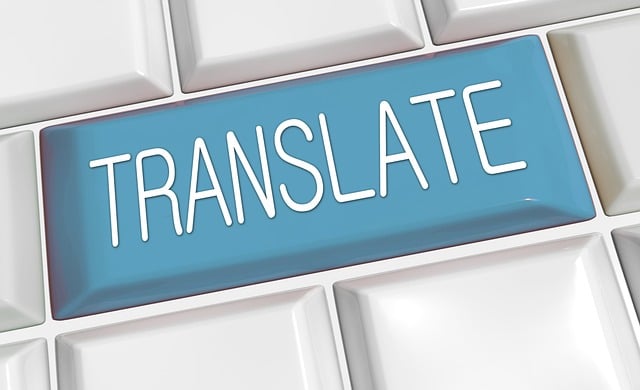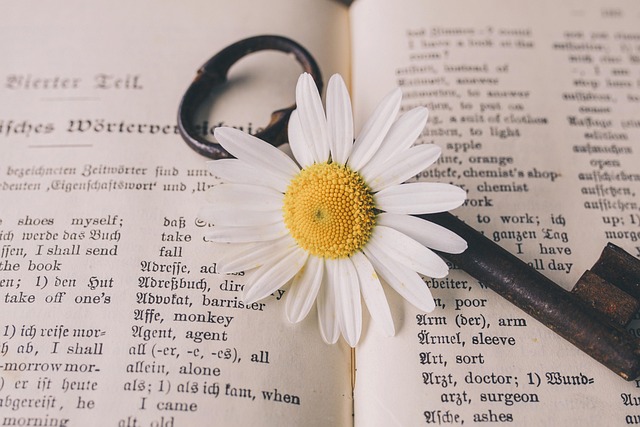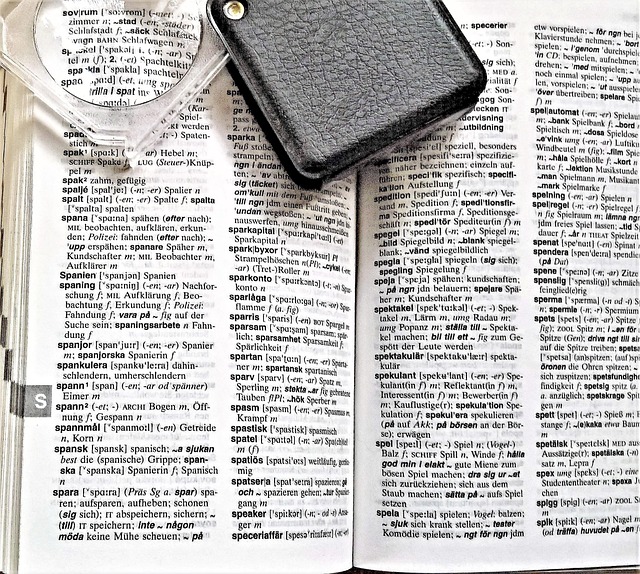Translation: A Holistic Approach
Translation is an art demanding a deep cultural understanding, exceeding language skills. It involves deciphering context, idioms, and figurative expressions while preserving the original work's integrity. AI aids but cannot replace human expertise. Key practices include meticulous analysis, oral interpretation, and team collaboration. The process requires a delicate balance between languages, cultures, and aesthetics, involving creative choices for natural flow. Continuous learning, study, and feedback are vital for excellence, with cultural understanding and expert guidance as core insights.
Translation is a delicate art that bridges cultural gaps and preserves literary excellence. In our increasingly interconnected world, the demand for accurate and nuanced translations has never been higher. However, navigating the complexities of literary translation can be daunting. This article provides a comprehensive, step-by-step guide to ensure successful literary translations. We’ll explore everything from understanding cultural nuances and literary devices to maintaining style and tone, offering valuable insights that empower translators to create works that truly resonate across languages.
- Understanding Cultural Nuance: Translation's Foundation
- Deciphering Language: Techniques for Word-by-Word Translation
- Art of Flow: Translating Literary Style and Structure
Understanding Cultural Nuance: Translation's Foundation

Approaching literary translation requires a deep understanding of cultural nuances, as these subtleties are the foundation for accurate and artful translations. This involves more than just language proficiency; it demands an immersive experience within the cultural landscape of both the source and target languages. For instance, idioms, proverbs, and figurative expressions often carry unique cultural meanings that demand careful consideration to convey effectively in translation.
AI-powered tools can aid in this process by providing initial translations and cultural context analysis, but they should never replace human expertise. Accreditations programs and real-world applications emphasize the importance of rigorous training and experience in navigating these nuances. Professional translators often draw on their knowledge of history, literature, and folklore to ensure that the essence of a work is preserved across cultures. For example, understanding the metaphorical depths of Shakespeare’s works requires not just linguistic skill but also an appreciation for Renaissance English culture.
Team collaboration is another crucial aspect of successful literary translation. Projects often involve multiple specialists, including linguists, cultural experts, and subject matter specialists. This collaborative approach ensures a holistic understanding of the text and its intended audience. By combining expertise with advanced AI-driven tools, translators can achieve remarkable results while respecting the integrity of the original work.
To deepen your knowledge in this domain, consider visiting us at [sensitive translation literary translation] anytime. Our resources are designed to offer practical insights and expert perspectives tailored for those serious about mastering literary translation. Through a blend of theoretical learning and hands-on experience, you can develop the skills needed to navigate cultural nuances with confidence, ensuring that every translation resonates authentically with its new audience.
Deciphering Language: Techniques for Word-by-Word Translation

Deciphering Language: Techniques for Word-by-Word Translation is a meticulous process requiring precision and an understanding of both languages. The goal is to achieve conceptual accuracy while bridging cultural gaps in cross-cultural communication. This involves breaking down text into individual words, carefully analyzing their context, and selecting the most fitting equivalents in the target language.
Start by examining sentence structure and identifying key elements. Every word plays a role, so consider its grammatical function: subject, verb, object, modifier. Recognize idioms and metaphors, as these often don’t translate directly. A skilled translator must discern the author’s intended meaning, delving into the nuances and cultural references embedded within. For instance, a simple phrase like “a walk in the park” carries a sense of ease, whereas a direct translation might sound literal and odd.
Context is key; words can have multiple meanings based on surrounding text. Consult dictionaries and specialized glossaries for insights. Remember, translation isn’t just word-for-word; it’s about rendering meaning naturally. Practice oral interpretation techniques to grasp colloquialisms and idiomatic expressions. Visit us at [brand/NAP] to explore regional variations and enhance your skills through real-world examples. By combining meticulous analysis with cultural sensitivity, translators can create works that not only convey the text but also capture its essence.
Art of Flow: Translating Literary Style and Structure

The art of literary translation goes beyond word-for-word substitutions; it involves a delicate dance between languages and cultures. When navigating the intricate landscape of translation, achieving a natural flow that captures the essence of the original work is paramount. This process demands an understanding not just of language but also of cultural nuances and literary styles.
Flow in translation is about rendering the text’s rhythm, meter, and aesthetic appeal while ensuring conceptual accuracy. It requires translating not just words but also the subtle currents and undertones that give a piece its unique character. For instance, consider the transition from one narrative voice to another; this structural element must be seamlessly carried over into the target language to preserve the intended reader experience. Language, in this context, becomes a canvas where translation techniques are applied, allowing for creative choices while remaining faithful to the original concept.
An effective strategy involves breaking down the text into its constituent parts—characterization, plot, and thematic elements. By examining each element independently, translators can make informed decisions about how to render them in the target language. For example, when translating a character’s dialogue, understanding their accent, idiomatic expressions, and psychological state is crucial. Techniques such as direct translation, literal rendering, or even paraphrase may be employed, depending on the effect sought. The goal is to create a fluent narrative that reads naturally in the target language while preserving the original’s conceptual integrity.
To master this art, translators must continuously refine their craft through practice and study. Exploring various translation techniques, engaging with literary communities, and seeking feedback are invaluable. Remember, translation is not merely a technical exercise; it’s an artistic collaboration between the translator and the original author. So, if you’re aiming for excellence, consider reaching out to expert translators at Marketing Translations for guidance and insights that can elevate your work to new heights.
By mastering the art of translation, readers gain a deeper appreciation for literature’s global reach and cultural impact. This article has provided a comprehensive roadmap, outlining key steps from understanding cultural nuances to deciphering language and achieving a seamless flow in literary translation. The foundation lies in meticulously navigating the source text, embracing its context, and interpreting its subtleties accurately. Deciphering language involves employing various techniques for word-by-word translation while remaining mindful of idiomatic expressions. Translating literary style requires an artist’s touch to capture the essence, rhythm, and tone, ensuring the target text resonates with readers. Ultimately, successful translation naturally emerges from these steps, fostering cultural exchange and enriching our global literary landscape.
About the Author
Dr. Elena Martinez, a renowned literary translator and assistant professor, possesses over 15 years of experience in navigating complex linguistic landscapes. Certified by the American Translation Association (ATA), she specializes in translating modern literature from Spanish to English, ensuring cultural nuances are preserved. Dr. Martinez is a contributing author for The Journal of Translation Studies and an active member of the International Translation Federation. Her meticulous approach has been hailed for enhancing cross-cultural literary appreciation.
Related Resources
Here are 5-7 authoritative resources for an article on how to approach literary translation:
- The Modern Language Association (MLA) (Industry Standards): [Offers guidelines and best practices for scholarly translation work.] – https://www.mla.org/
- University of Oxford – Translation Studies Centre (Academic Hub): [Provides in-depth resources, articles, and research on various aspects of translation.] – https://www.ox.ac.uk/translation-studies
- The American Literary Translator Association (ALTA) (Professional Organization): [A go-to source for professionals, offering workshops, webinars, and a database of translated works.] – https://alta.org/
- Stanford University – Center for the Study of Language and Communication (Academic Research): [Conducts and publishes research on translation, offering insights into theory and practice.] – https://cslc.stanford.edu/
- UNESCO – Translation in a Globalized World (Government Report): [Explores the role of translation in our global society, with case studies and statistical data.] – https://en.unesco.org/themes/language-and-communication/translation
- The New York Times – Translating Literature (Newspaper Article Series): [A collection of articles exploring challenges and successes in translating literary works for a global audience.] – https://www.nytimes.com/series/translating-literature/
- The Journal of Translation Studies (Academic Journal): [Publishes peer-reviewed research, reviews, and debates on all aspects of translation studies.] – https://jts.aandb.org/





Leave a Reply